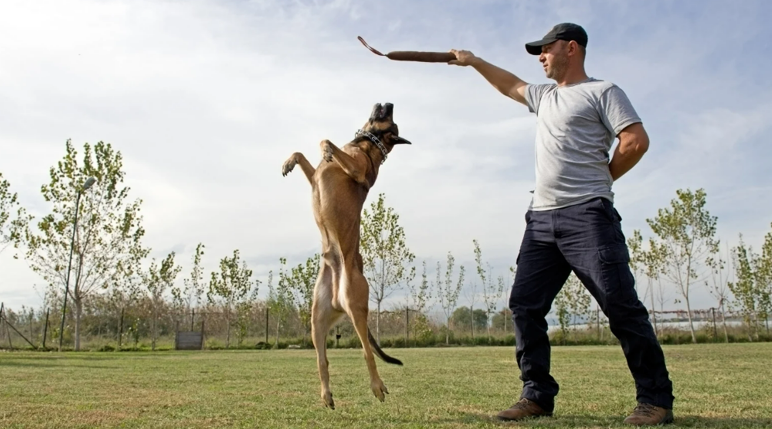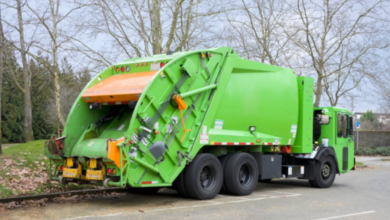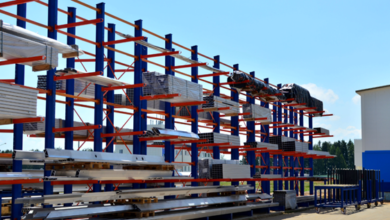Protection Dog Training Techniques: How Experts Prepare Your Dog to Protect You

Protection dog training is a highly specialized discipline designed to transform a stable, obedient dog into a dependable protector. This process isn’t about fostering aggression but about teaching the animal control, confidence, and discernment. A protection dog training program builds the foundation for a dog that responds appropriately to threats, only acting when truly necessary.
Establishing Temperament and Obedience
The first step is careful evaluation of temperament. Not every dog is suited for protection work; candidates must show composure, courage, and the ability to learn under pressure. Once selected, the focus shifts to mastering basic obedience commands: sit, stay, heel, and recall. These skills are reinforced in varied environments so that the dog performs even in stressful or distracting situations. Without this reliability, advanced protection tasks are unsafe.
Understanding the Appeal of Personal Protection Dogs
Beyond obedience, owners are often drawn to the appeal of personal protection dogs because these animals offer a unique balance of companionship and security. They are trained to blend into everyday life as affectionate pets while maintaining the capability to protect their handlers. This dual nature is what sets them apart from untrained guard dogs, making them a smart choice for families and professionals alike.
See also: The Benefits of Installing High-Quality Replacement Windows in Your Home
Controlled Defensive Behavior
Once obedience is solid, trainers introduce controlled defensive behaviors. Dogs are taught to alert their handlers rather than attack immediately. For example, they learn to bark on command or adopt a vigilant posture when a stranger approaches. This controlled response acts as a deterrent and buys time for the handler to assess the situation without escalation.
Boundary training is also crucial at this stage. Dogs are conditioned to recognize specific areas, yards, home perimeters, or personal spaces, and respond only when those areas are breached. This prevents overreactions to harmless encounters and keeps the dog’s focus where it belongs.
Advanced Protection Skills
After the alert phase, bite training is introduced. Dogs are taught precisely where to target, how much pressure to apply, and when to release. Trainers use padded sleeves and protective suits to simulate realistic encounters safely. The release command is emphasized until the dog responds instantly, ensuring control at all times.
Scenario-based drills follow. These include mock break-ins, simulated assaults, and other real-world situations. The dog learns to make decisions under stress, reacting only to genuine threats while ignoring distractions. Handlers are trained alongside their dogs to ensure their cues, timing, and body language support the dog’s performance.
Impulse Control and Social Stability
Impulse control remains a threat throughout every stage of training. Protection dogs must resist reacting to sudden movements, loud noises, or non-threatening strangers. This stability is what differentiates a properly trained protection dog from an unpredictable one. Socialization with other people, animals, and environments continues so the dog can remain calm in public but respond decisively when needed.
Conclusion
Protection dog training is a layered, professional process that blends obedience, discipline, and scenario-based skills. Each stage builds on the last to create a canine partner capable of protecting without losing composure. By separating obedience, defensive behavior, and advanced bite work into distinct phases and by pairing the dog with a properly trained handler, experts produce reliable guardians who provide true security without sacrificing stability or companionship.





